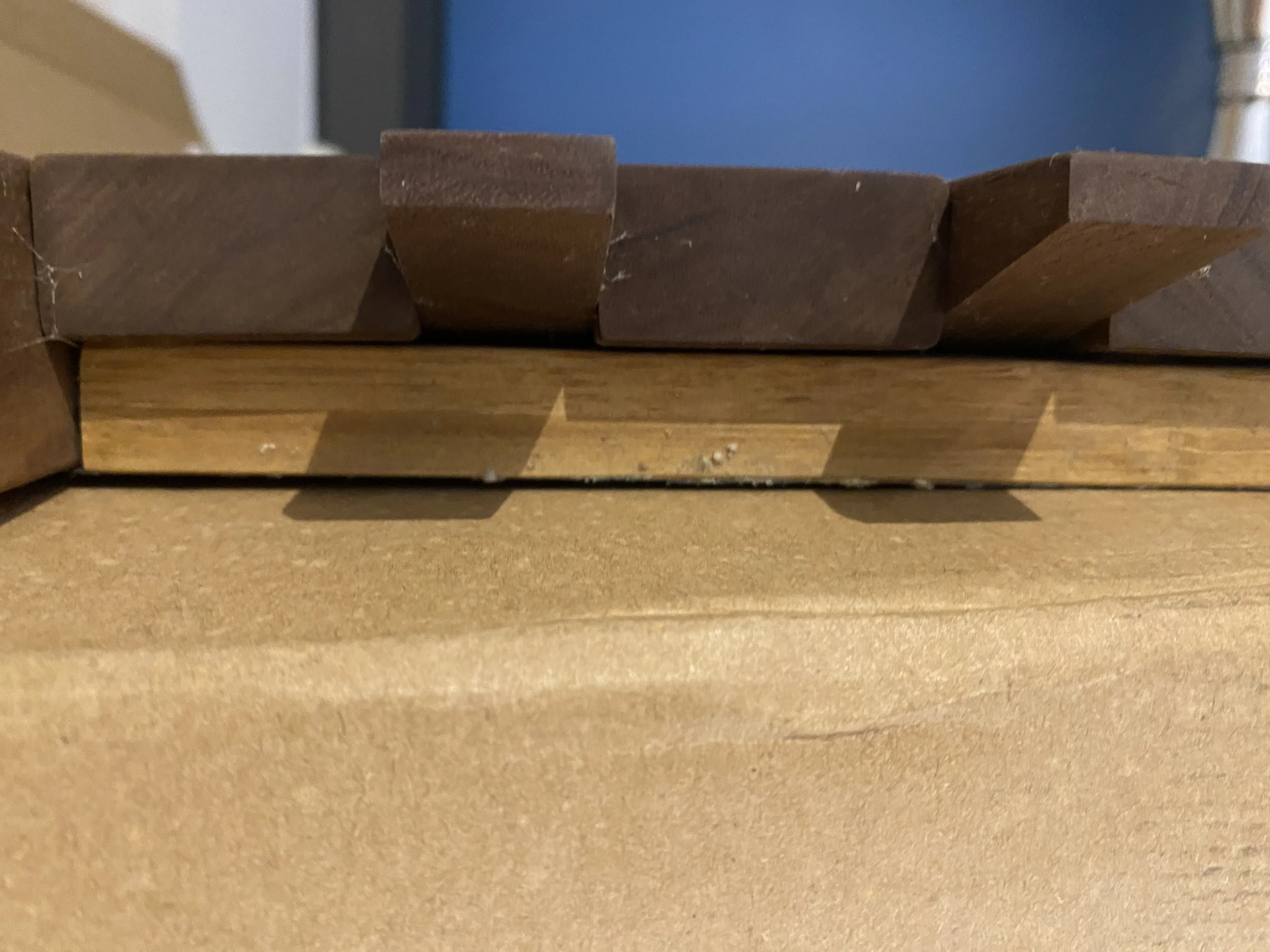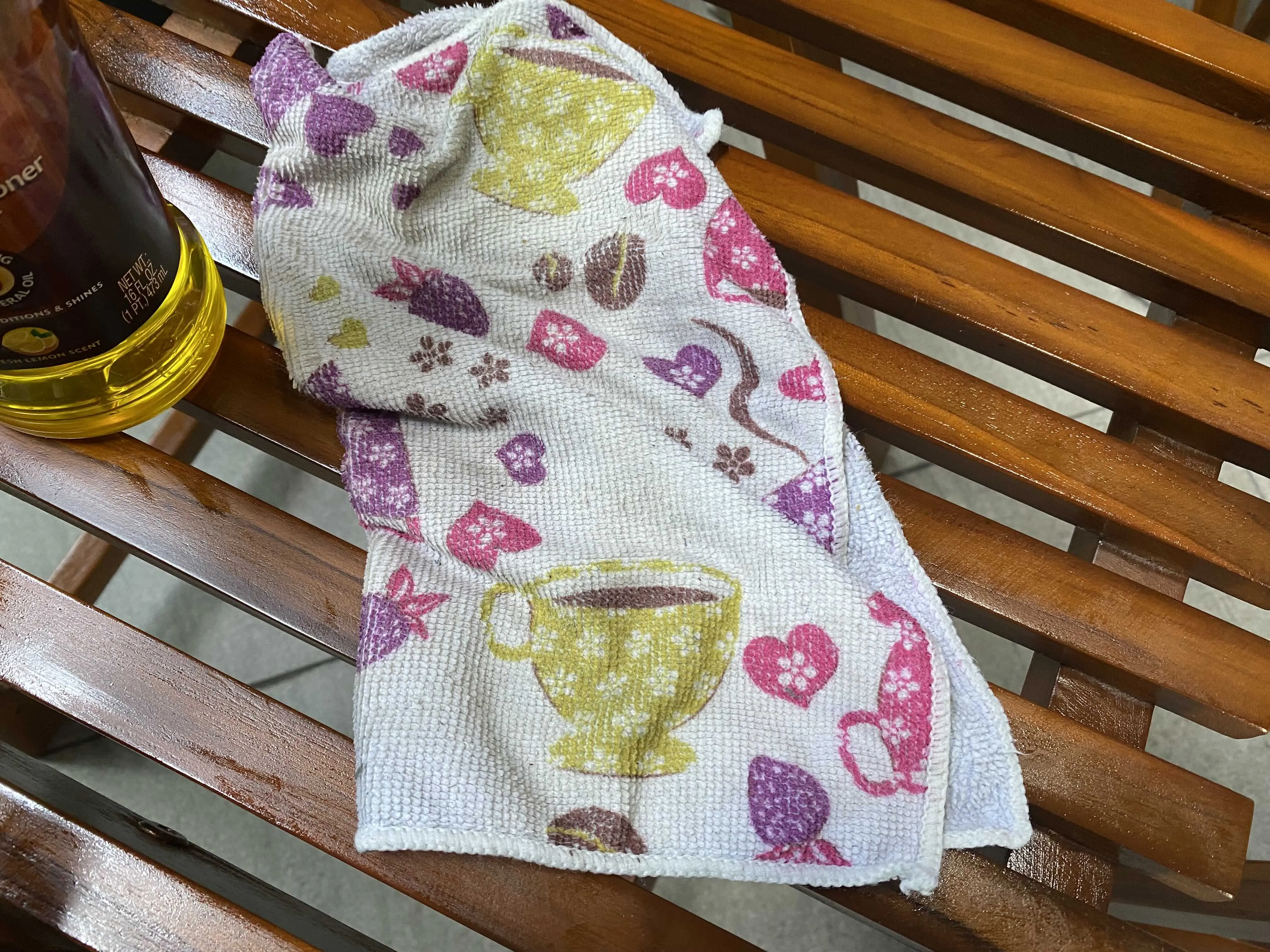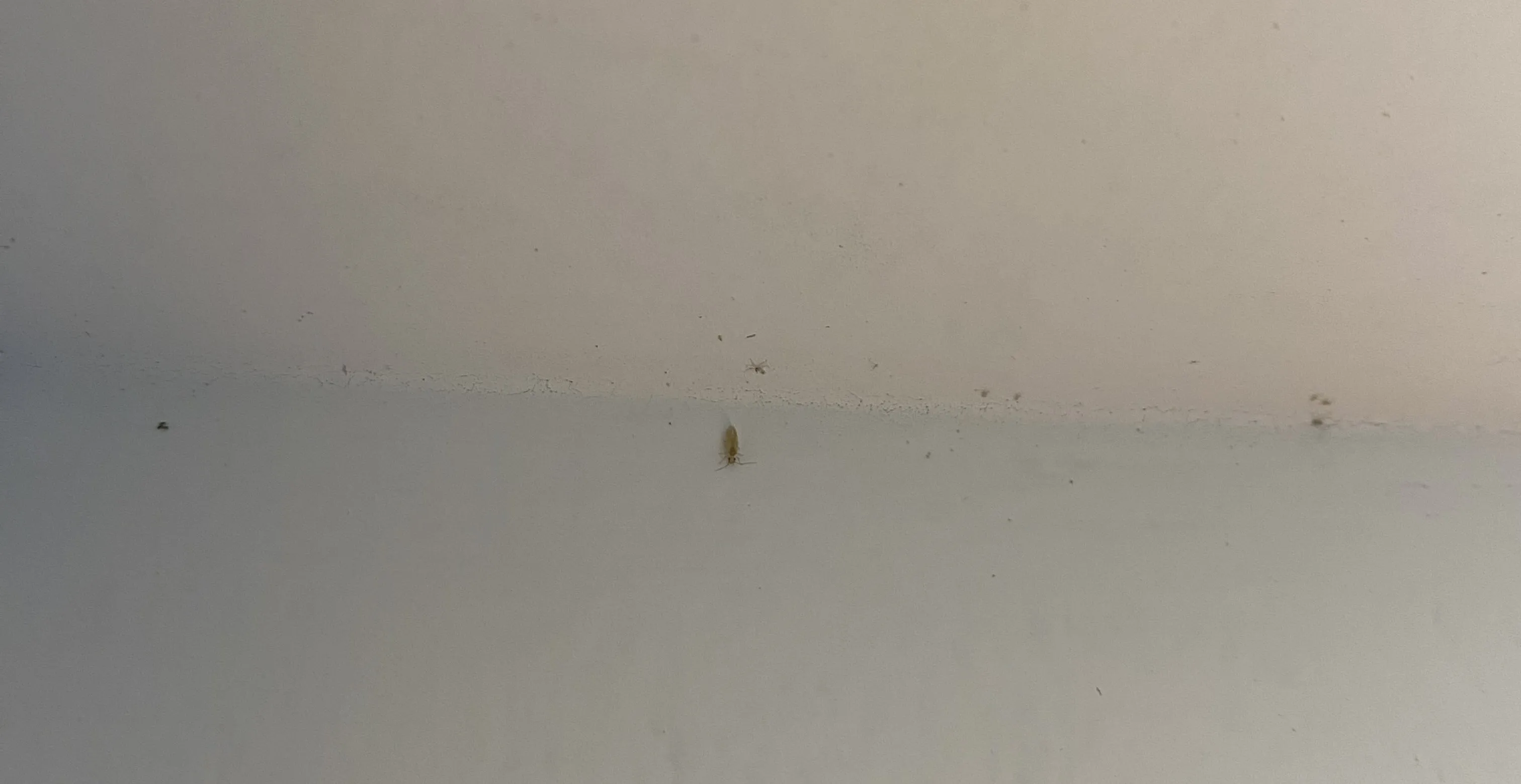September 30, 2023
What I learned after fighting Mold and Book Lice (2024)
Spraying bleach against booklice, and using dehumidifiers against damp corners, learn from our mould fighting mistakes in this article.
Fighting Mold and Book Lice
Several months in after moving into our new home, I noticed brown patches growing on bedroom walls. At first I thought it was water damage. But when I wiped a cleaning cloth over it, the brown peeled off in layers. Then the sneezing and coughing followed.
Around the same time I found that certain books in our bookshelves kept getting mildew spots and Mold Bugs / Book Lice, as often as every few weeks. I also kept finding a similar grey fuzz growing underneath, or in corners of our wooden furniture.
Initially I used hot soap and water to clean them off. Subsequent rounds, I used a mixture of multi-purpose soap, water, and bleach.
But even after that, the brown, gray fuzz and bugs still came back after a month or so.
I decided to stop using quick fixes and learn exactly what causes relapses in mould growth.
The three ingredients to optimal mold growing conditions are:
- cool temperatures
- high humidity
- dark places
When in the shade, ambient temperature in Singapore tends to hover around 22-30 degrees, which is also in the range that mold thrives.
Combining that with closed air-conditioned spaces, and heavy amounts of rain more than half of the days in the year, and you create a perfect breeding ground for mold to grow quickly.
I found that even though our apartment has a balcony and full length glass windows, the angle that the sun hits our apartment almost never receives any direct sunlight. So our home remained in almost perfect shade all day.
A big factor to the consistent mold relapses, is that we didn’t always kill all sources of mold growth in our house. We kept finding new places that mold managed to hide and grow back.
There are many formulas for this that you can find online, but the one I currently use is: 200ml Bleach, 100ml multi-purpose cleaner, and 1000ml water. This worked reasonably well for cleaning off both mold and bugs walls in our house. Areas that have more developed mold growth should be wiped multiple times to make sure residue growth is removed.
However, it is important to ensure that the room is properly aired out to prevent lingering bleach fumes, which can cause irritation for the eyes and lungs and throat.
Commercially available hydrogen peroxide solution contains 3% peroxide and so far has done a good job in clearing mold off of untreated wood, books, and leather. They also don’t leave any toxic fumes, so it’s better in bleach in that way.
However it is not easy to find hydrogen peroxide concentrations higher than 3% commercially (this is a controlled chemical in our country due to its potency), so I did not use this chemical for wall cleaning.
I have not tried any commercial mold products, because up to this point, the above two methods have done a satisfactory job.
- Leaving an air gap between the back and the top of a shelf
- Regularly servicing exhaust fans to make sure they work well
- Opening windows and whenever we are at home. We hoped this allows stale air to escape and more sunlight to come in.
- I would first use hydrogen peroxide to wipe down the wood or leather surfaces and kill the mold.
- Then these objects will be left to dry under a fan or the sun.
- Then apply the treatment oil using a small cloth on as much
The first application usually doesn’t do much, other than making the wood shine (which itself was a nice perk). It was after applying the oil multiple times across multiple weeks that really stopped the mould from coming back.
This one was more difficult than the others, mainly because we needed to regularly decide what things in the house we could do without. But by reducing things we have that could accumulate moisture in dark places, we could better reduce chances of mold coming back.
The main goal is to reduce humidity below 80% for enough hours in the day, so that mold cannot survive. To do so, we’re using both dehumidifier devices and dehumidifier calcium chloride boxes.
Redmart has some pretty affordable options for the moisture absorption boxes, so we purchased them in bulk. These boxes were put in shoe cabinets, under the sinks…generally in small closed spaces which sunlight will never reach. We found that they needed to be replaced every 1-2 months.
We did some research, we found a video reviewing different air purifiers with expert researchers that explained that most commercial Air Purifiers are mainly just a HEPA filter with a fan.
So we avoided purchasing any branded air purifier device, and went ahead with an OEM 2-in-1 purifier / dehumidifier. It was much cheaper than any branded device.
It has a 1.9 liter capacity, and we’ve placed it in our bedroom, the room that gets affected by mould the most.
We only run it in the night when we sleep. Amazingly, the 1.9 liter capacity is fully filled up on a daily basis. 2 liters of extra water a day, out of thin air.
Mold on the walls stopped.
The sneezing and itchy eyes stopped.
Almost all books and bags stopped accumulating mold, especially after multiple oil treatment rounds.
But… unfortunately the bugs are still there. Specifically, just the ceilings and around our Air-con units.
Asides from calling professional pest services, the main advice we see online is simply to wipe down ceilings with soap, bleach (or alcohol) and water regularly.**
Luckily, they seem to be otherwise harmless, and so now we wipe ceilings every couple months to manage population build-up.
The overall improvement to the air and cleanliness of our home has become a strong motivator for us to do a deep spring cleaning of our home regularly.
**Obligatory note: NEVER mix bleach and alcohol as it creates chloroform which is highly toxic.
We are strongly considering repainting the house with anti-mold paint. I’ve also purchased an AirGradient air quality monitor, and will be covering my experience setting this up in a different article. But for now, our mold fighting seem to be doing a good enough job, and we’re able to hold our fort against this brown/grey wave.
We hope our experience fighting against mold was useful to you. If you have any ideas or tips around fighting mold and book lice, please share them with us!




